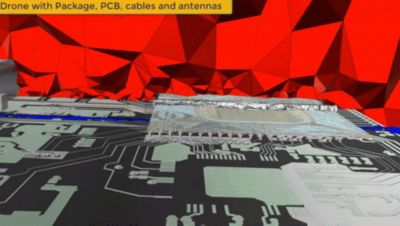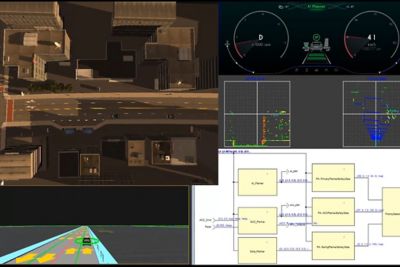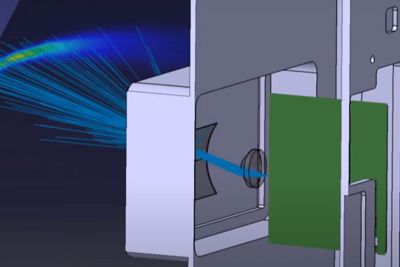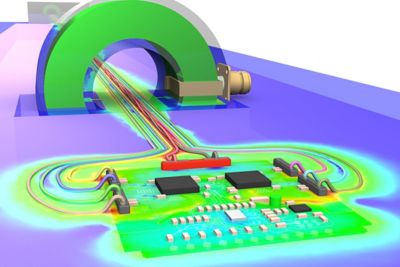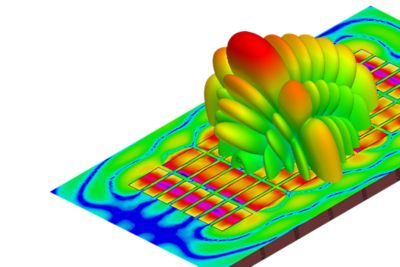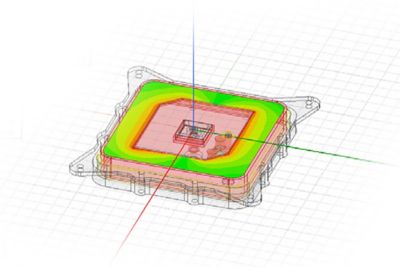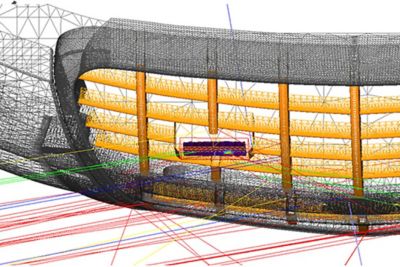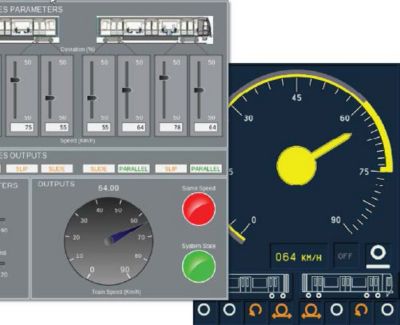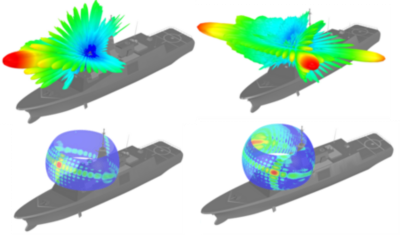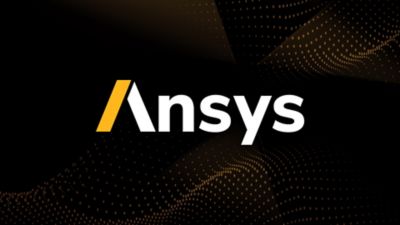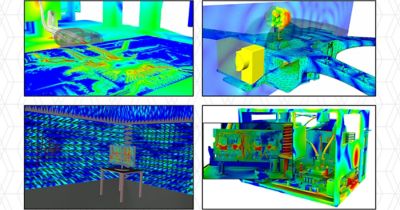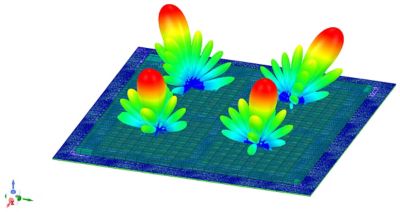產品規格
HFSS 有超凡的容量,準確度毋庸置疑,使工程師能夠解決大多數複雜系統的射頻、微波、IC、PCB 和 EMI 問題。
*僅適用於 Electronics Enterprise
Ansys HFSS 是一款 3D 電磁 (EM) 模擬軟體,用於設計和模擬高頻電子產品,例如天線、天線陣列、射頻或微波元件、高速互連、濾波器、連接器、IC 封裝和PCB。全球的工程師使用 Ansys HFSS 軟體來設計通訊系統、先進駕駛輔助系統 (ADAS)、衛星,以及物聯網 (IoT) 產品中的高頻、高速電子元件。
使用 HFSS 的全耦合 EM 模擬技術,能夠模擬最大且最複雜的系統,並借助新的網格融合技術。網格融合提供同類中最佳的 HFSS 平行網格技術,實現對大型電磁系統的快速模擬。它將協助在幾分鐘內提取整個系統的 S 參數,而無需幾小時。您可以大幅減少模擬時間並提高求解大型電磁結構的模擬速度。充分利用可用的多核心進行模擬。
HFSS 有超凡的容量,準確度毋庸置疑,使工程師能夠解決大多數複雜系統的射頻、微波、IC、PCB 和 EMI 問題。
*僅適用於 Electronics Enterprise
Lorem Ipsum has been the industry's standard dummy text ever since the 1500s, when an unknown printer took a galley of type and scrambled it to make a type specimen book. It has survived not only five centuries
Ansys HFSS Mesh Fusion 如何求解超乎想像的大型設計

HFSS Mesh Fusion 繼續使用與過往相同的「電磁感知」適應性網格劃分技術,而不會影響準確性,因為在每個適應性網格步驟和在頻率掃描的每一點上,都解決了完全耦合的電磁矩陣。
HFSS Mesh Fusion 的專利技術與 Ansys HFSS 具備相同的嚴謹性、準確性和可靠度,以模擬更複雜的設計。它可以在同一設計中,應用適合局部幾何形狀的目標網格劃分技術以進行大型設計的網格劃分。
HFSS Mesh Fusion 繼續使用與過往相同的「電磁感知」適應性網格劃分技術,而不會影響準確性,因為在每個適應性網格步驟和在頻率掃描的每一點上,都解決了完全耦合的電磁矩陣。
Lorem Ipsum has been the industry's standard dummy text ever since the 1500s, when an unknown printer took a galley of type and scrambled it to make a type specimen book. It has survived not only five centuries
2025 年 1 月
新的 HFSS 功能增強了效能、網格劃分和建模,解決了元件交會問題並支援大規模天線陣列,為 SI/PI 工程師、射頻設計師和天線專家開闢了新的應用空間。

增強的網格融合功能,可改善元件優先順序和交會處理,透過解決複雜的交會問題,實現精確的 3D 建模。這可確保為高科技產業提供優異的網格品質和準確的模擬,為 SI/PI 工程師和射頻設計師提供支援。

3D 元件陣列增強功能可有效模擬多重陣列、SBR+ 區域和晶格觸點。此功能簡化了衛星通訊和航太的大規模天線陣列建模,為天線設計師和射頻工程師提供支援。
Ansys HFSS 模擬套組中包含一套全面的求解器,可解決各種電磁問題,具體到無源 IC 元件、超大型電磁分析 (如 ADAS 系統的汽車雷達場景) 等。自動適應性網格精緻化效能可靠,讓您可專注於設計,無需花時間確定和建立最佳網格。
HFSS 與所有其他電磁模擬器的不同之處就在於自動化和可靠準確性,其他電磁模擬器需要使用者手動控制並搭配多種解決方案,以確保產生的網格合適且準確。
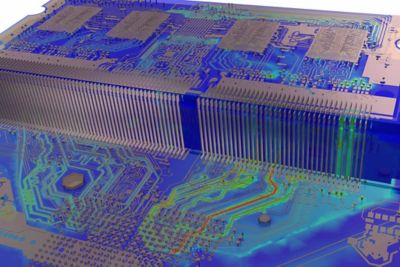
HFSS 是用於研發和虛擬設計原型的最佳電磁工具。可降低設計週期時間和加強產品的可靠度和效能。
HFSS 資源和活動
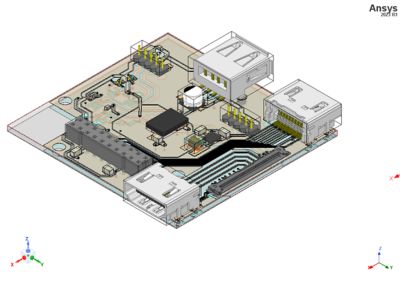
借助數十年在計算電磁學方面的研發,HFSS以改進的3D佈局工作流程和對其Mesh Fusion求解器,進行進一步最佳化的形式,為使用者帶來了新的功能。
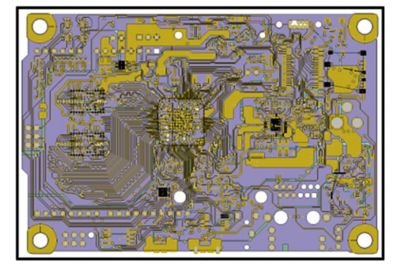
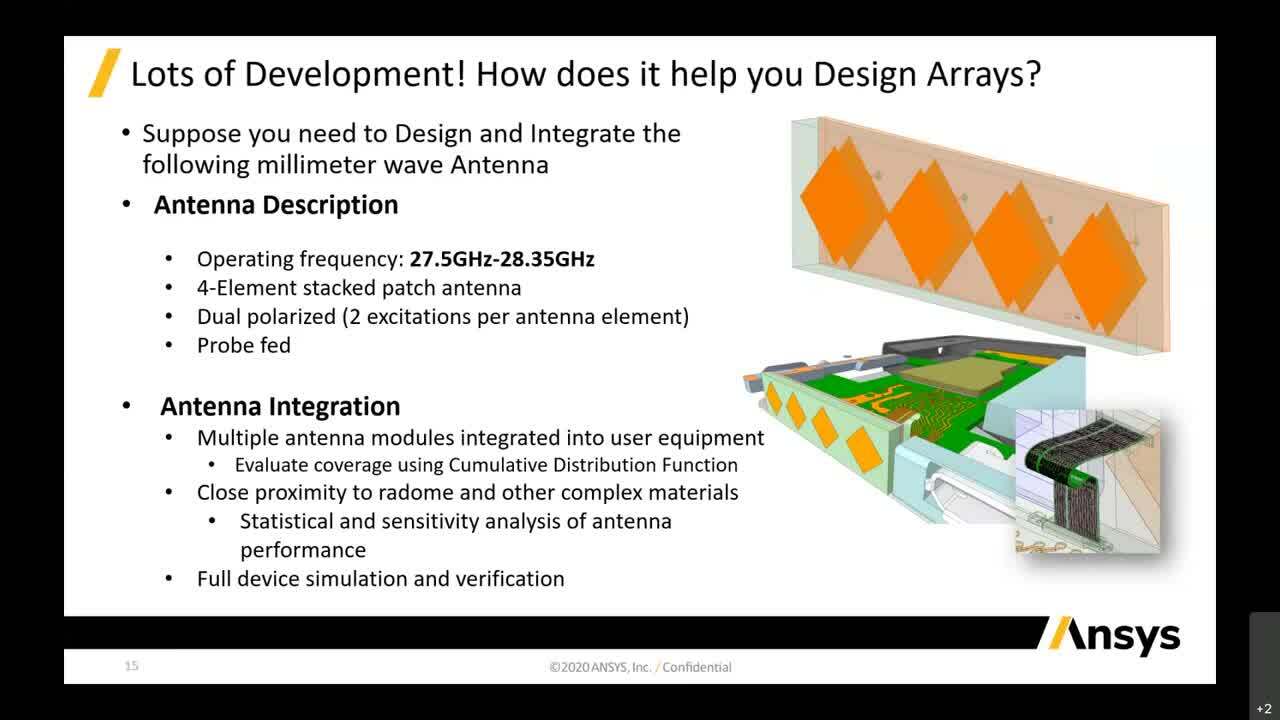
FreeFall Aerospace 致力於開創更多、更好的方式來移動與人、地點和事物連接的數據。Ansys HFSS 讓這一切成為可能。Freefall 團隊必須克服許多挑戰。最重要的是要克服高傳真度模擬軟體的限制、結構網格劃分的困難以及以最佳準確性構建天線的能力。
HFSS 將產生合適網格的過程自動化,並且在既定時間內減少準備時間並、提高結果的準確性。他們甚至能夠在 HFSS 中構建完整模型,可以安心直接進入原型製作階段。
觀看此影片,了解 Ansys HFSS 如何協助 Freefall Aerospace 加速開發過程並推出更有價值的產品。
ANSYS 工具解決了無人機運輸過程中的工程面挑戰。使用 Ansys 模擬了配備機器人和拖拉機的倉庫,以及與之結合的無人飛行器(UAVs),以預測將包裹送達目的地的性能和安全性。這種模擬有助於推動創新,可能引領工業應用的自主未來。
此影片展示在結合 ANSYS HFSS、ANSYS HFSS SBR+ 和 EMIT 的獨特整合式工作流程中,如何設計多個天線和無線電系統。
對 Ansys 而言,所有使用者皆能運用本公司產品非常重要,身心障礙者也不例外。因此,我們致力於遵循美國無障礙委員會 (第 508 條)、Web內容無障礙指南 (WCAG)、與目前自願產品無障礙工具範本 (VPAT) 的格式等各項無障礙要求。
如果您面臨工程挑戰,我們的團隊將隨時為您提供協助。憑藉豐富的經驗和對創新的承諾,我們邀請您與我們聯絡。讓我們共同合作,將您的工程障礙轉化為成長和成功的機會。立即與我們聯絡,開始對話。
